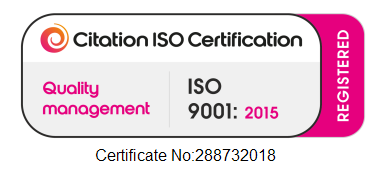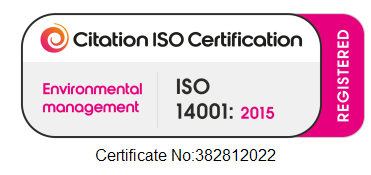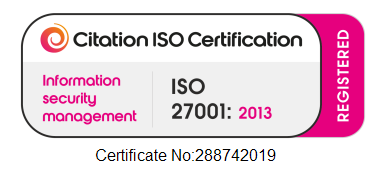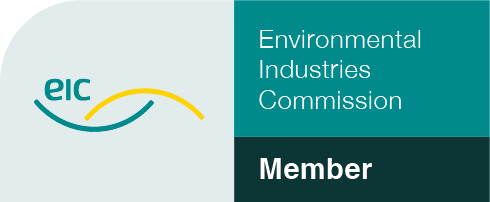
The NPPF Consultation - A Missed Opportunity for Digital Planning?
.png?width=800&height=400&name=641059326a190a0642cda354_Harriet%20News%20Item%20Blog%20(4).png) The consultation for the NPPF closed on the 2nd March of 2023, and responses to the 58 questions posed will be poured over. Well-known commentators across the industry have already voiced their opinions, including Lichfields and Savills, with many stalwarts of the industry airing their concerns on LinkedIn, in blogs, on webinars and in clubhouse sessions.
The consultation for the NPPF closed on the 2nd March of 2023, and responses to the 58 questions posed will be poured over. Well-known commentators across the industry have already voiced their opinions, including Lichfields and Savills, with many stalwarts of the industry airing their concerns on LinkedIn, in blogs, on webinars and in clubhouse sessions.
The consultation covers a wide range of topics, from 5 Year Land Supply to National Development Management Policies; but not enough focus was given to exploring how digital tools should support and enhance the planning process.
There are a few references to digital engagement, the Levelling Up and Regeneration Bill’s digital reforms, and indeed commentary in conjunction with National Development Management Policies being “ accessed easily in a digital format”, but there was a real opportunity to explore what practically that could mean.
Although not explicit, there are a few areas where the door was left ajar to start exploring some of these themes, specifically questions 33 and 57.
Q33: Do you agree with making changes to emphasise the role of beauty and placemaking in strategic policies and to further encourage well-designed and beautiful development?
Q57: Are there any specific approaches or examples of best practice which you think we should consider to improve the way that national planning policy is presented and accessed?
There are some key themes that can weave their way into answering these questions in part, which are critical to the success of seeing a digital transformation of planning, but we need to start asking ourselves different questions to ensure we’re future-proofing.
3D Representations of Policy
Question 33 draws questions about Design Codes, and how we can set “simple clear minimum standards on development” in a given area, including issues of height, form and density. In slight tandem, Question 57 invites us to consider best practices for how policy should be presented.
We should be asking how we can approach policies, such as Design Codes, using digital techniques, to better engage, communicate, form policy, and apply and interpret it.
Visual representations, such as 3D envelopes for Design Codes, are easy to understand and interpret, which lends itself to effective communication and consultation, and they can be used by applicants and Development Management teams alike.
There is a clear benefit for any policy which relates to height, protection of views, or Design Codes. For example, Design Codes could easily be supported by creating 3D representations of maximum parameter heights. Thought should be given to how these national policies could also benefit from better and more clear visual representation and support.
Data Structures and Standards
For future best practices around how planning policy is presented and accessed, a critical challenge that needs addressing is the definition of data standards and structures. This will be a critical cornerstone of how our digital planning system evolves and will underpin future progress and innovation.
Question 57 perhaps leaves more scope for us to explore this, allowing us to consider technical presentation, however, in order to tackle this it is critical that we consider what common data standards need to be embedded, and how this data is distributed (for example, via OGL and ideally accessible through API).
This consultation perhaps could have invited more opinions on what is needed for this to be achieved. It could have been an opportunity to gather vital insight and opinions from the sector who are considering what this route forward might look like, and what different disciplines might require to enable them to be prepared for and to engage in, a more technologically enabled planning system.
What Do We Need Next?
It’s clear that the digitisation of the planning system continues to be a significant part of the Government’s agenda in how we modernise and find efficiencies, but for these changes to be scalable and long-lasting, we need to start to build a consensus on how this is achieved.
That means establishing digital standards, and the thresholds that Local Plans and National Development Management Policies need to meet to be considered “digital”, as well as truly understanding how better digital processes underpin the way we plan and monitor change in the future.
Agreement on the fact that we need digital transformation to help radically improve our planning system and processes has been reached; now we need more focus on how we practically get there.
Join the Community
Updates, business insights, webinars and more.
Google Privacy Policy and Terms of Service apply.















